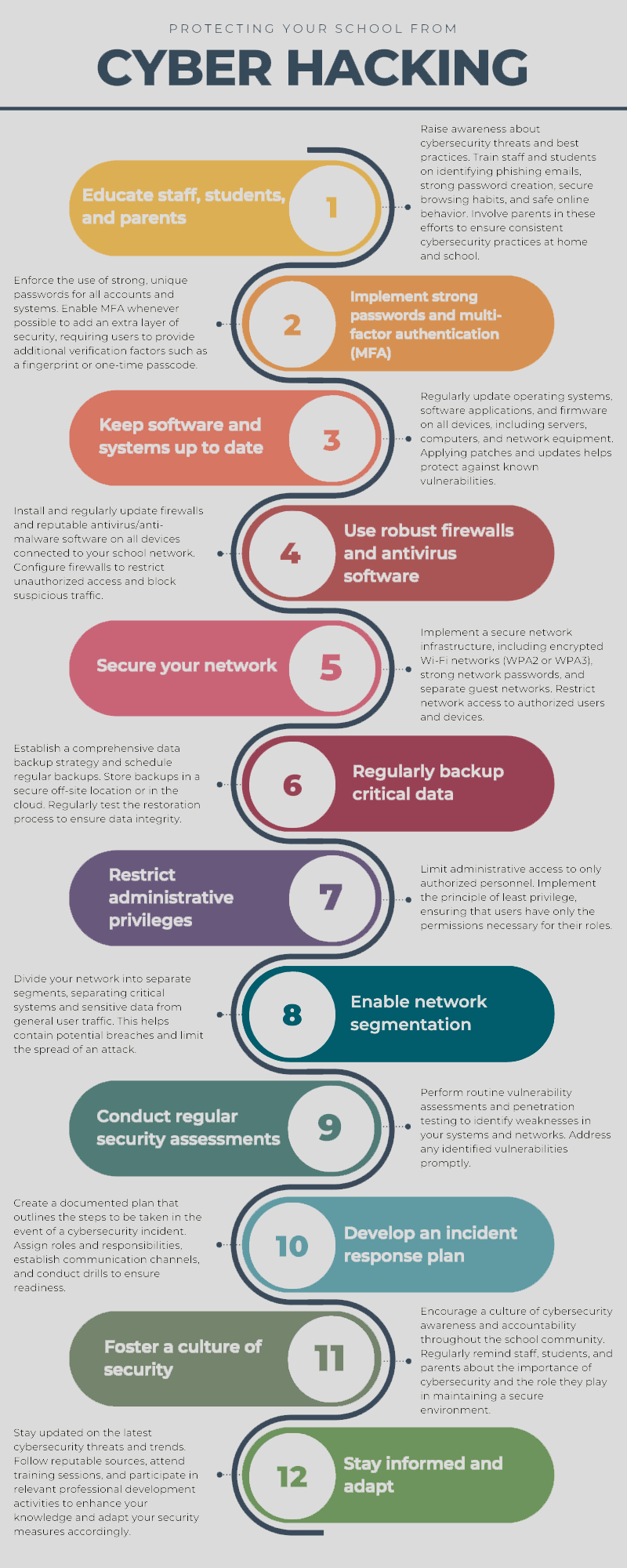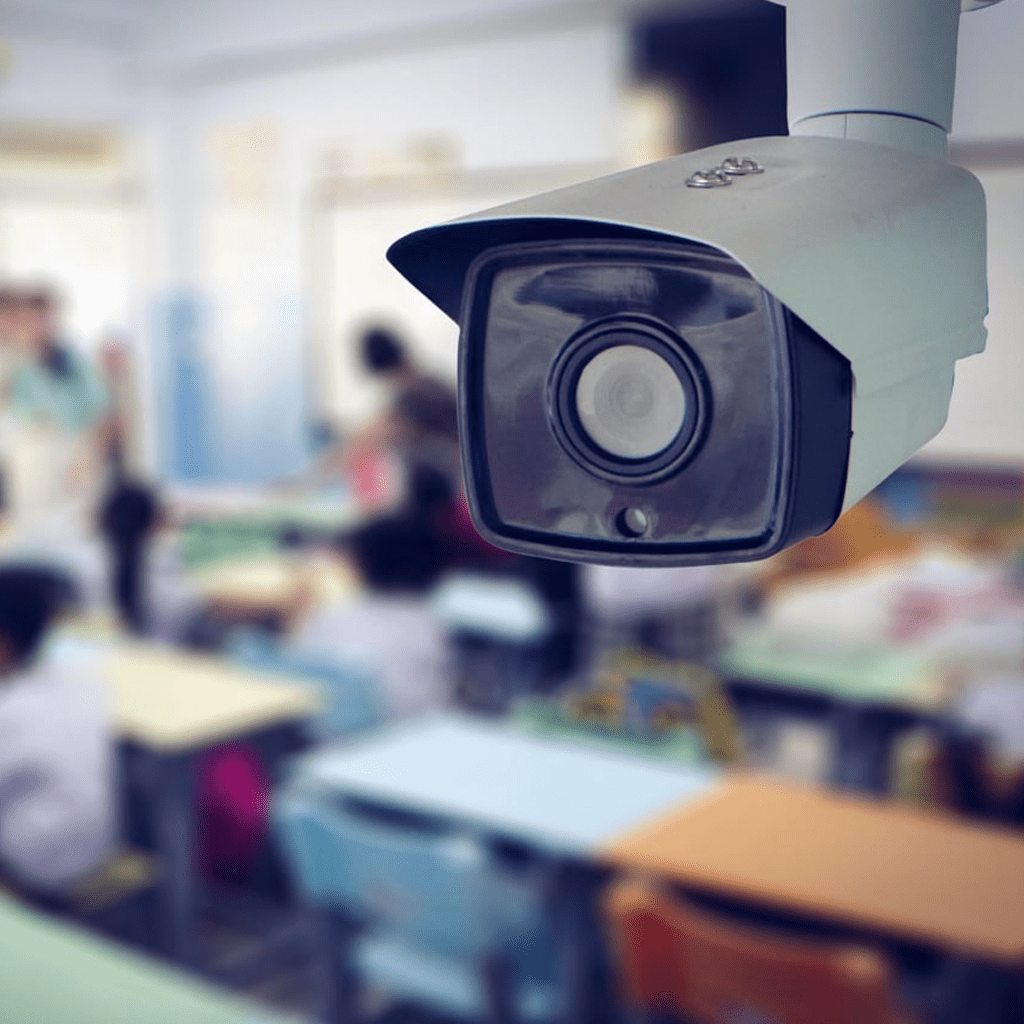Security Safety and Surveillance
Proud to Partner With





Security Safety and Surveillance
Vaping & Camera Security for School Districts
As security concerns on campus, in-class, and on buses grow, finding reliable and innovative ways to find threats with advanced warning. As leaders in law enforcement and education work together to keep students and schools safe, new tools allow them to share alerts on dangerous events real-time, location information to send help quickly, and AI powered identification tools to catch unauthorized persons on campus. Schools’ safety is a top concern for every district across the board. Most recently, vaping has become a huge issue. DOF recently partnered with a security company to help address the ongoing student vaping epidemic within schools. This camera uses air quality sensors to detect, manage, and prevent vaping. Simple installation, automated alerts, privacy enabled. Vape detection helps capture vape events, allows schools to take action to improve the health and safety of students and staff.
Protecting your school from Cyber Hacking
Protecting your school from cyber hacking requires a multi-layered approach to ensure the security of your systems, networks, and data. Here are some key steps you can take to prevent cyberattacks:

Remember, cybersecurity is an ongoing effort, and it requires the collective involvement of the entire school community to maintain a secure environment. Contact us for a no-charge evaluation.
Physical Security
Technology in physical security is enhancing and improving the efficiency, effectiveness, and overall safety that organizations can provide to staff, students, customers, and the public at large.
These technology help to improve:
- Communication: Facilitating seamless communication across radio systems, voice-over-IP (VoIP), video conferencing, and mobile data terminals, enabling real-time information sharing and coordination during emergencies
- Enhanced Emergency Response: Technology enables quicker and more efficient emergency response. Computer-Aided Dispatch (CAD) systems automate dispatch processes, optimizing resource allocation and response times. Geographic Information System (GIS) mapping allows responders to locate incidents, assess routes, and navigate efficiently.
- Video Surveillance and Monitoring: Video surveillance systems, including CCTV cameras, help monitor public areas (or private areas, such as areas holding confidential records). They serve as a deterrent to crime and provide valuable evidence for investigations. Video analytics and facial recognition technologies assist in identifying suspects and enhancing public safety.
- Data-Driven Decision Making: Data analytics and intelligence tools can gather, analyze, and interpret vast amounts of data to help identify patterns, predict trends, and generate insights to aid decision making
- Public Alert Systems: Technology enables the rapid dissemination of emergency alerts and notifications to the public. This includes emergency alert systems (such as the Integrated Public Alert and Warning System in the United States), text message alerts, mobile applications, and social media platforms. Timely alerts provide critical information during emergencies, facilitating public safety and evacuation efforts.
Municipalities can enhance public safety, visibility, and response times with the help of technology.
Local leaders can integrate technologies into their network to assist law enforcement and other first responders. This can include radios and communications devices to ensure access to critical data, even in dead zones. This also ensures that first responders in the field can receive timely assistance if they’re in danger in an isolated area.
This can assist with (1) Faster Response Times; (2) Enhanced Officer Safety; (3) Crime Prevention and Investigation; (4) Community Engagement, with solutions specifically built to help the communities they’re in; (5) Data-Driven Decision Making.
Need Security Help Now?
Get in touch with us today!

Fast support




